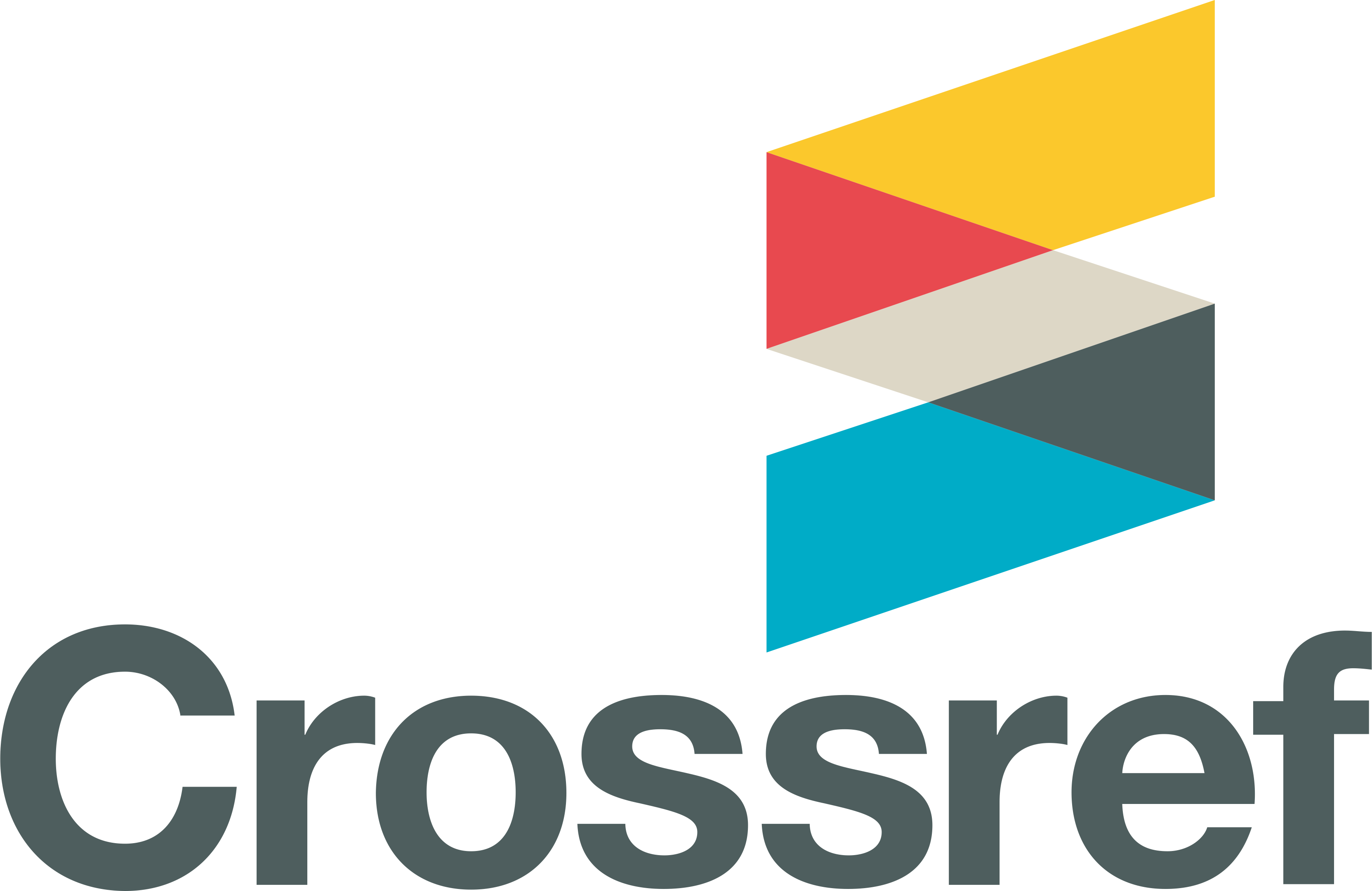Diversity, distribution, and habitat association of seagrass in Calatagan, Batangas, Philippines
DOI:
https://doi.org/10.54610/jeseg/4.Special_Issue.2022.003Keywords:
Diversity index, canonical correspondence analysis, principal component analysis, seagrass distributionAbstract
Seagrass is an important component of coastal ecosystems. It contributes nutrients to coastal water productivity due to its high biodiversity as it provides food and shelter to marine organisms and supports local economies. This study measured the diversity and determined the environmental factors affecting seagrass distribution in five selected barangays in Calatagan, Batangas: Balibago, Gulod, Bagong Silang, Barangay Tres, and Sta. Ana. Ten 50cm x 50cm quadrats were placed on both sides of the 50m transect line at 5m intervals. Eight seagrass species have been documented: Cymodocea rotundata, Halodule uninerves, H. pinifolia, Syringodium isoetifolium, Enhalus acoroides, Thalassia hemprichii, Halophila minor, and H. ovalis. The Shannon diversity index was calculated using Estimate S software to measure the species diversity. Results showed a diversity index of 1.82, implying a moderate to high seagrass species in the area with a maximum diversity index of 2.08. The barangays with the most seagrass species documented are Balibago and Bagong Silang with both seven species. Principal Component Analysis and Canonical Correspondence Analysis were utilized to relate the abundance of seagrass species to temperature, salinity, pH, dissolved oxygen, and total suspended solids (TSS). Our preliminary results showed that E. acoroides, H. pinifolia, H. uninerves, H. minor, and H. ovalis were found to be associated with higher temperatures. Thalassia hemprichii and S. isoetifolium prefer lower temperatures and showed a negative correlation to TSS. Cymodocea rotundata can thrive in a wide variety of environmental conditions. However, further studies are needed to identify the most important factors that determine the abundance and distribution of seagrasses in Calatagan, Batangas. The high seagrass diversity in Calatagan, Batangas needs to be protected to improve its cover and enhance its many ecological functions and services.
Downloads
Published
How to Cite
Issue
Section
License

This work is licensed under a Creative Commons Attribution-NonCommercial 4.0 International License.








